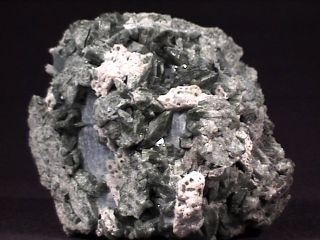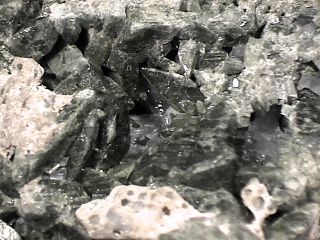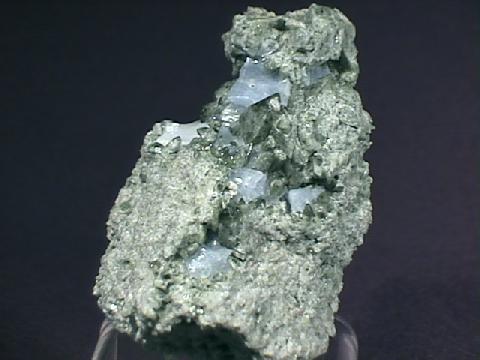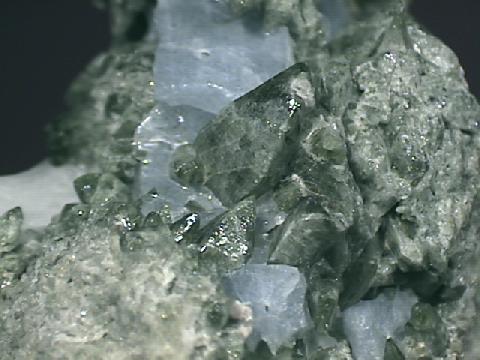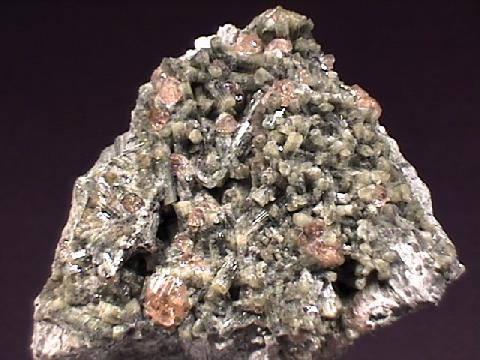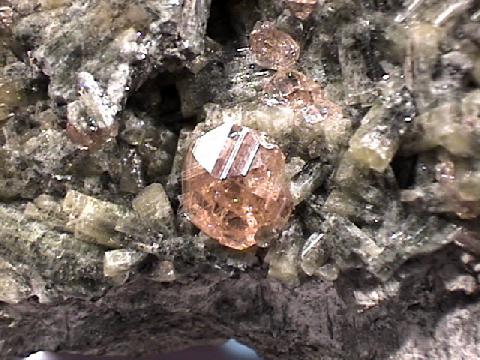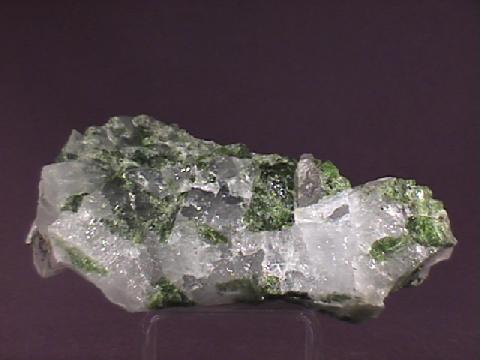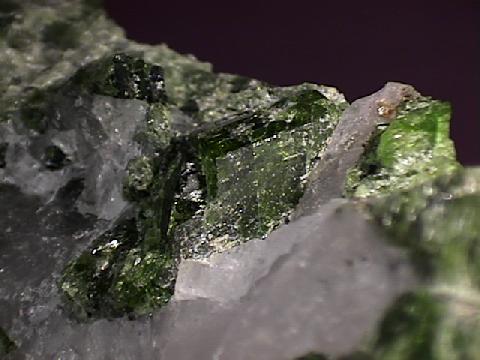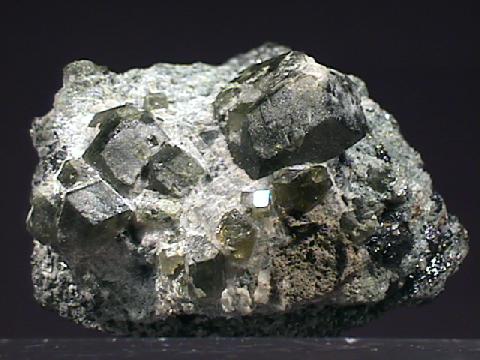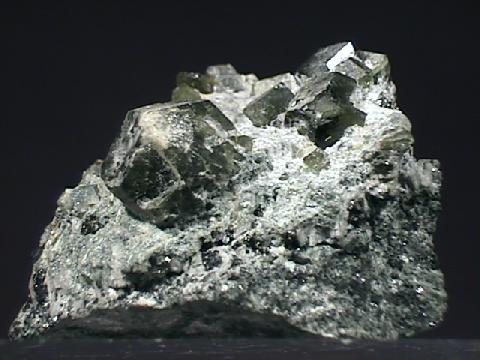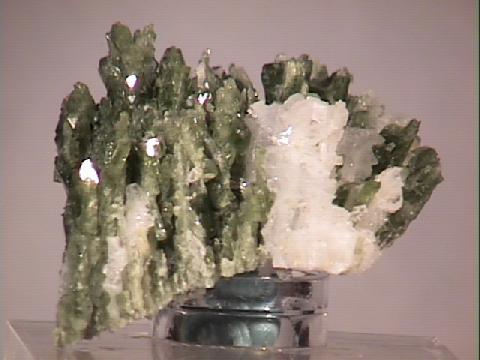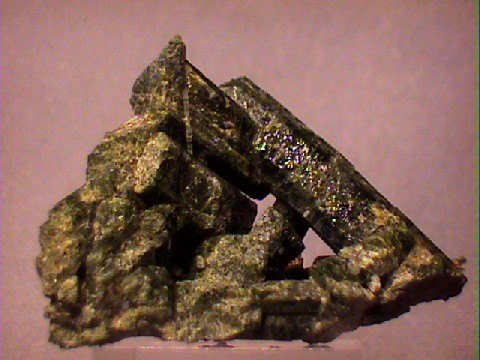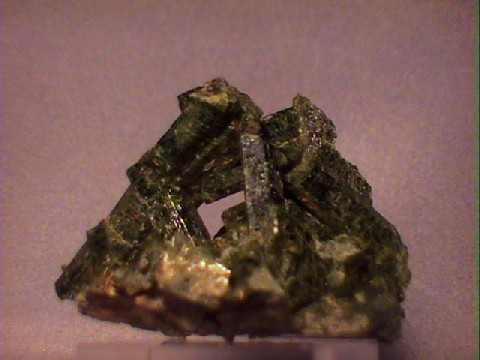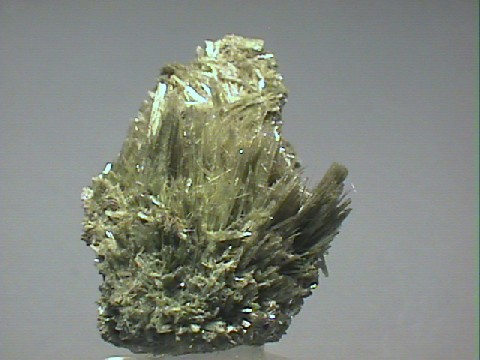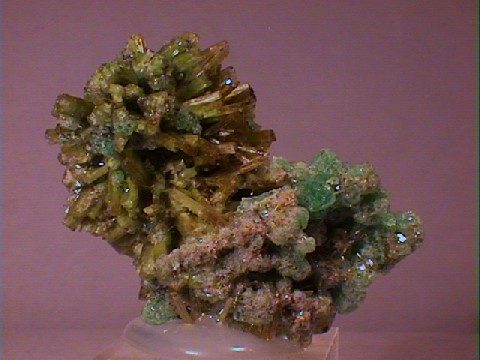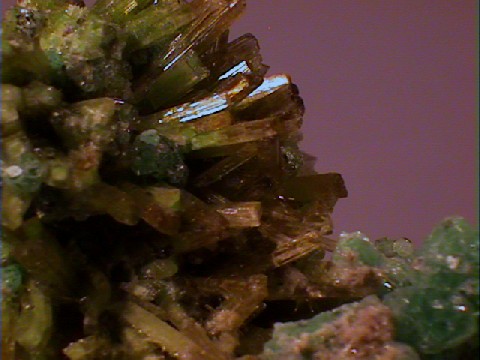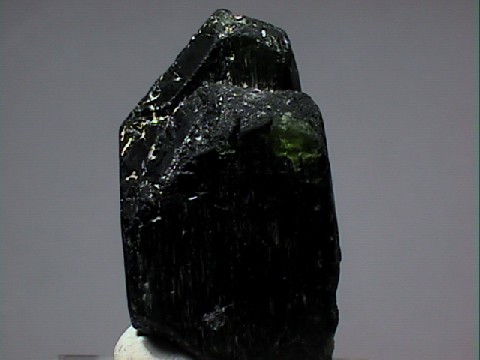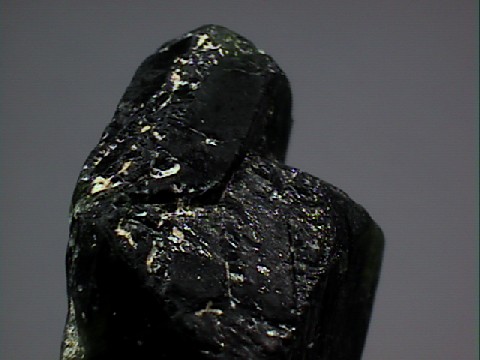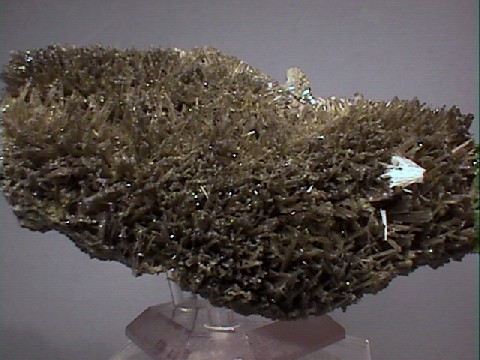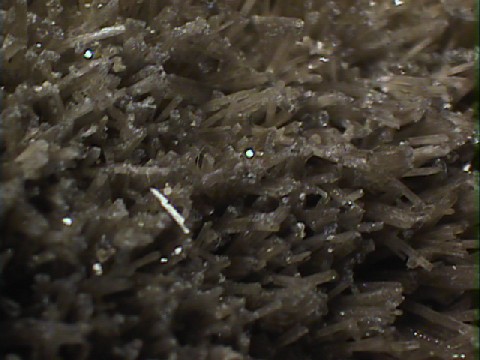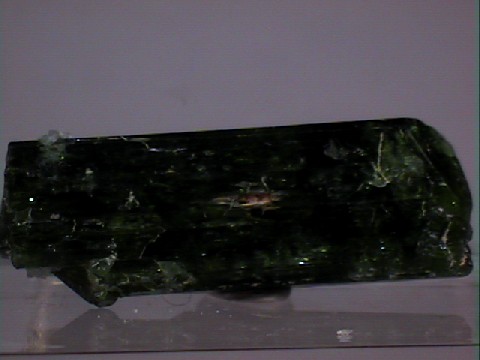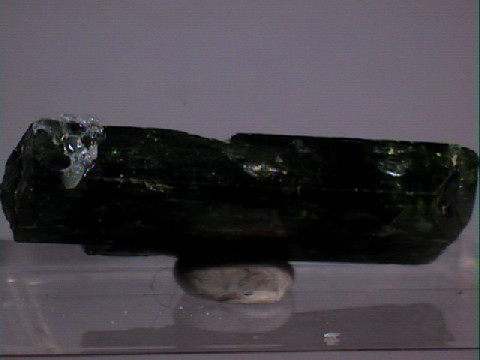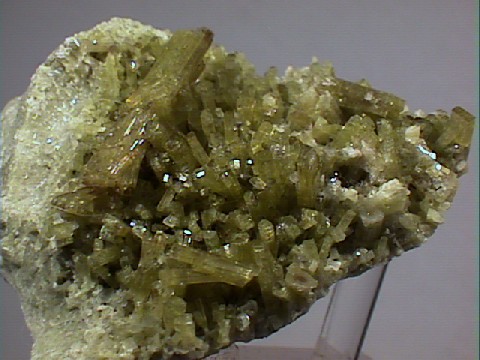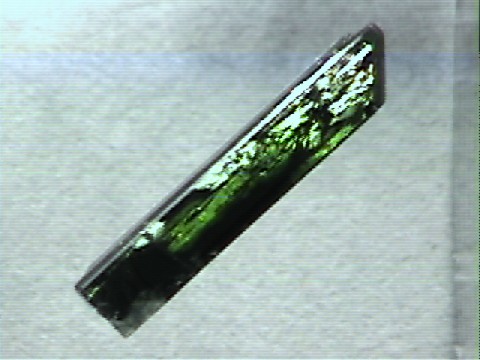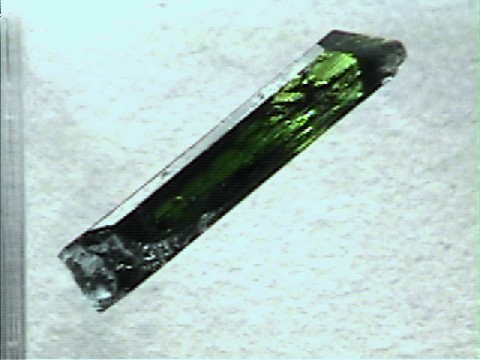 THE MINERAL DIOPSIDE
THE MINERAL DIOPSIDE
- Chemistry: CaMgSi2 O6, Calcium Magnesium Silicate
- Class: Silicates
- Subclass: Inosilicates
- Group: Pyroxenes
- Uses: occasionally used as a gemstone and as a mineral specimen.
Specimens
Diopside has several varieties, including a chromium-rich gem variety called
PHYSICAL CHARACTERISTICS:
- Color is clear, white, blue, bright and pale green to yellowish or greenish brown.
- Luster is vitreous.
- Transparency crystals are transparent to translucent.
- Crystal System is monoclinic; 2/m
- Crystal Habits include short prismatic, rarely tabular crystals. The square cross section is distinctive in the prismatic crystals. Also compact, granular, columnar and massive.
- Cleavage is perfect in two lengthwise directions at close to right angles and a basal parting direction is sometimes seen.
- Fracture is uneven, even rough.
- Hardness is 5 - 6
- Specific Gravity is approximately 3.3 (slightly above average)
- Streak is white.
- Other Characteristics: Some specimens have been known to fluoresce and some specimens have inclusions that can form "cat's eyes" if polished in cabachon.
- Associated Minerals are grossular, andradite, fluorite, dolomite, chlorite, vesuvianite, phlogopite, actinolite, olivine, iron meteorites and calcite.
- Notable Occurrences include St. Lawrence Co., New York, USA; Ural Mountains, Russia; Mt. Vesuvius and other locallities in Italy; Austria; Germany; Sri Lanka; Brazil; Mogok, Burma; Madagascar; Kimberly, South Africa and Outokumpu, Finland.
- Best Field Indicators are crystal habit, associations, color, fracture and cleavage.

